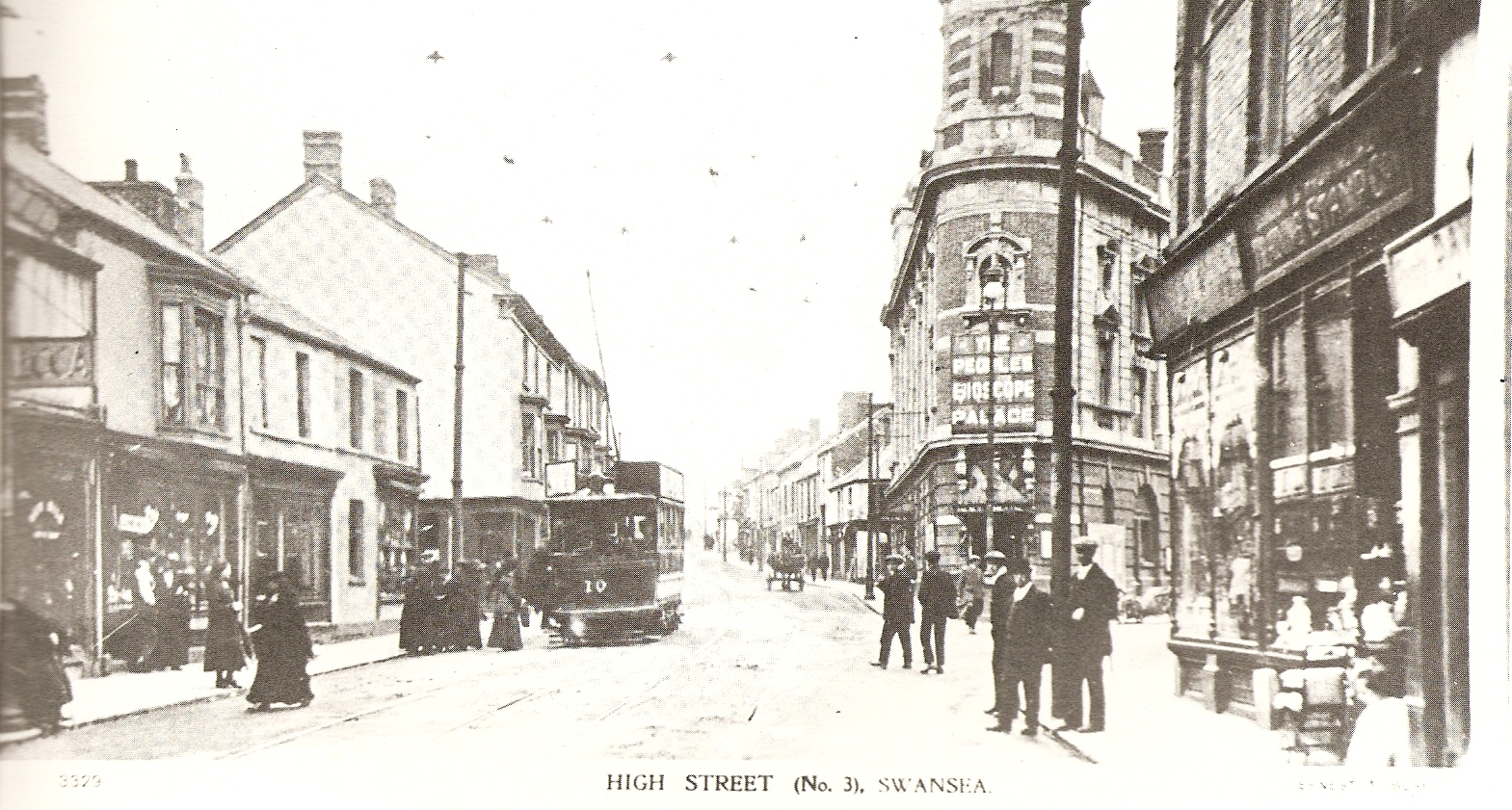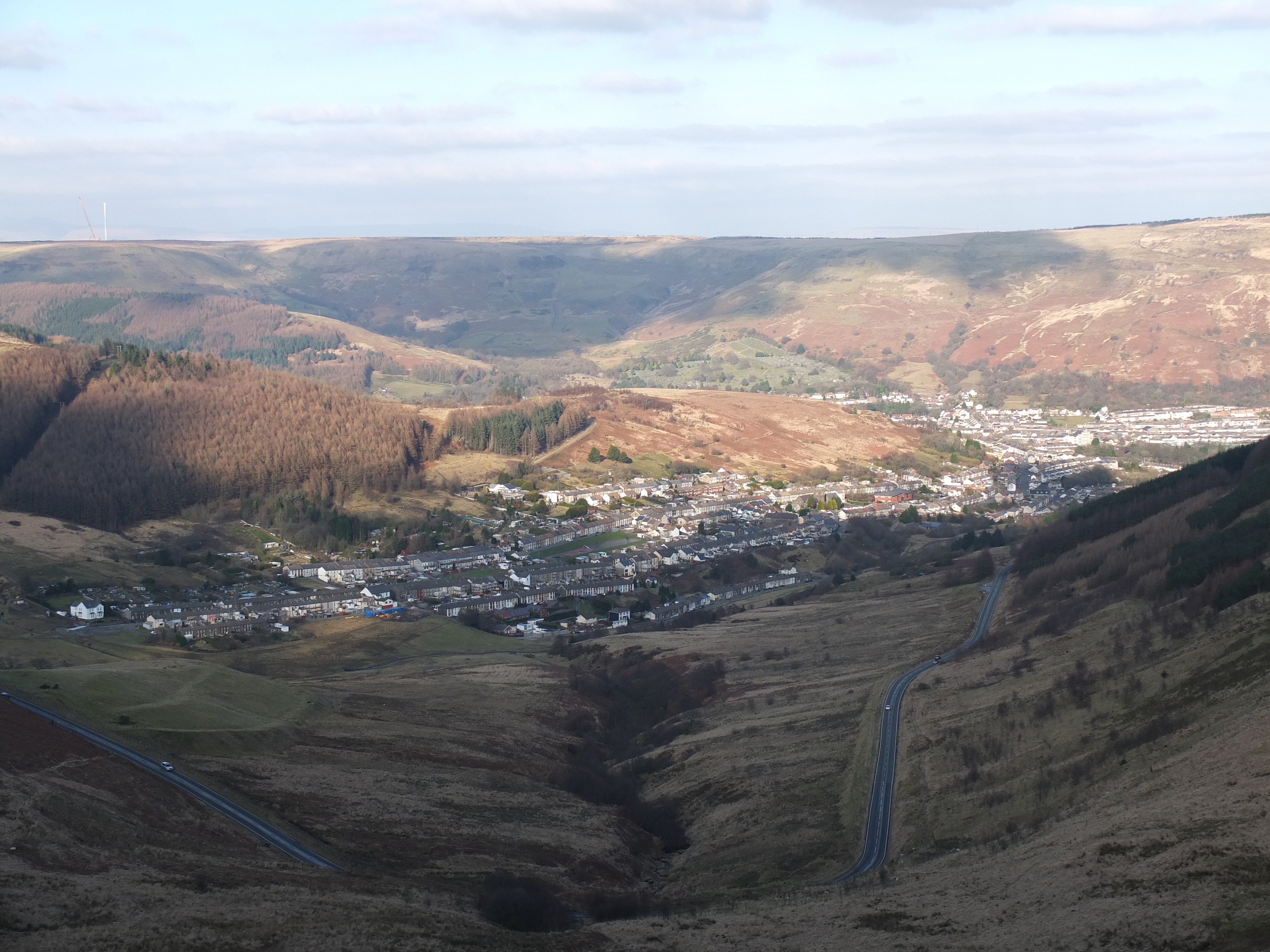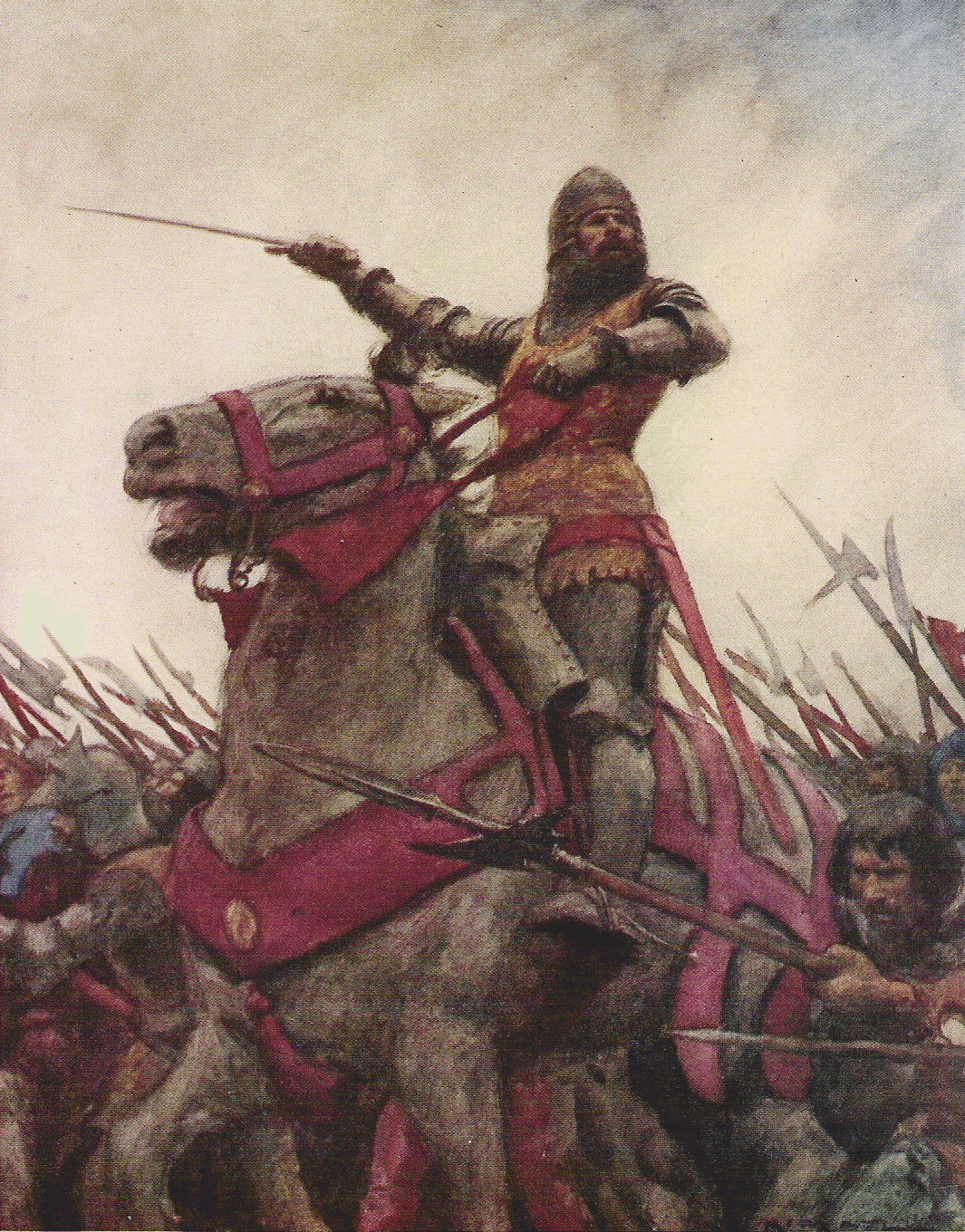|
Capital Of Wales
The current capital of Wales is Cardiff. Historically, Wales did not have a definite capital. In 1955, the Minister for Welsh Affairs informally proclaimed Cardiff to be the capital of Wales. Since 1964, Cardiff has been home to government offices for Wales, and since 1999 it has been the seat of the Senedd. History Between the end of Roman rule and the conquest by Edward I in the late 13th century, Wales was usually divided between four kingdoms. There were only brief periods where the land was dominated by a single ruler, most notably by Gruffydd ap Llywelyn in the 11th century. Rather than being based in a fixed location, Welsh kings would maintain an itinerant court, as was the norm in medieval Europe. In the past, multiple places have served as a seat of the government of Wales, including: * Abergwyngregyn the seat of the Kingdom of Gwynedd *Strata Florida Abbey, the Cistercian abbey where Llywelyn the Great held council in 1238. *Machynlleth, where Owain Glyndŵr held ... [...More Info...] [...Related Items...] OR: [Wikipedia] [Google] [Baidu] |
Middle Ages
In the history of Europe, the Middle Ages or medieval period lasted approximately from the 5th to the late 15th centuries, similarly to the post-classical period of global history. It began with the fall of the Western Roman Empire and transitioned into the Renaissance and the Age of Discovery. The Middle Ages is the middle period of the three traditional divisions of Western history: classical antiquity, the medieval period, and the modern period. The medieval period is itself subdivided into the Early, High, and Late Middle Ages. Population decline, counterurbanisation, the collapse of centralised authority, invasions, and mass migrations of tribes, which had begun in late antiquity, continued into the Early Middle Ages. The large-scale movements of the Migration Period, including various Germanic peoples, formed new kingdoms in what remained of the Western Roman Empire. In the 7th century, North Africa and the Middle East—once part of the Byzantine Empire� ... [...More Info...] [...Related Items...] OR: [Wikipedia] [Google] [Baidu] |
Welsh National War Memorial
The Welsh National War Memorial () is situated in Alexandra Gardens, Cathays Park, Cardiff. The memorial was designed by Sir Ninian Comper and unveiled on 12 June 1928 by the Edward VIII of the United Kingdom, Prince of Wales. The memorial commemorates the servicemen who died during the First World War and has a commemorative plaque for those who died during the Second World War, added in 1949. Design and construction The memorial was first suggested in 1917. However, detailed proposals were not established until October 1919 when the ''Western Mail (Wales), Western Mail'' created a national subscription fund and a committee set up to manage the scheme. There were four designs submitted to the committee and the design selected was by Sir Ninian Comper and approved in 1924. The sculpture was by Henry Alfred Pegram. The stone masons were William Drinkwater Gough and Messrs E. Turner & Sons. The bronze statues were cast by A. B. Burton. The memorial is the only secular work by Com ... [...More Info...] [...Related Items...] OR: [Wikipedia] [Google] [Baidu] |
National Museum Cardiff
National Museum Cardiff (), formerly known as the National Museum of Wales, is a museum and art gallery in Cardiff, Wales. The museum is part of the wider network of Amgueddfa Cymru – Museum Wales. Entry is kept free by a grant from the Welsh Government. In February 2025 the museum announced a temporary closure due to maintenance funding issues. History The National Museum of Wales was founded in 1905, with its royal charter granted in 1907. Part of the bid for Cardiff to obtain the National Museum for Wales included the gift of the Cardiff Museum Collection, then known as "Welsh Museum of Natural History, Archaeology and Art," which was formally handed over in 1912. The Cardiff Museum was sharing the building of Cardiff Library, and was a sub-department of the library until 1893. Construction of a new building in the civic complex of Cathays Park began in 1912, but owing to the First World War it did not open to the public until 1922, with the official opening taking place ... [...More Info...] [...Related Items...] OR: [Wikipedia] [Google] [Baidu] |
City Status In The United Kingdom
City status in the United Kingdom is granted by the the Crown, monarch of the United Kingdom to specific centres of population, which might or might not meet the generally accepted definition of city, cities. , there are List of cities in the United Kingdom, 76 cities in the United Kingdom—55 in England, eight in Scotland, seven in Wales and six in Northern Ireland. Although it carries no special rights, the status of city can be a marker of prestige and confer local pride. The status does not apply automatically on the basis of any particular Criteria of truth, criterion, though until 1889 in England and Wales it was limited to towns with List of Church of England dioceses, diocesan cathedrals. This association between having an Anglican cathedral and being called a city was established in the early 1540s when Henry VIII, King Henry VIII founded dioceses (each having a cathedral in the Episcopal see, see city) in six English towns and granted them city status by issuing letter ... [...More Info...] [...Related Items...] OR: [Wikipedia] [Google] [Baidu] |
Merthyr Tydfil
Merthyr Tydfil () is the main town in Merthyr Tydfil County Borough, Wales, administered by Merthyr Tydfil County Borough Council. It is about north of Cardiff. Often called just Merthyr, it is said to be named after Tydfil, daughter of King Brychan of Brycheiniog, who according to legend was slain at Merthyr by pagans about 480 CE. generally means "martyr" in modern Welsh, but here closer to the Latin : a place of worship built over a martyr's relics. Similar place names in south Wales are Merthyr Cynog, Merthyr Dyfan and Merthyr Mawr. Noted for its industrial past, Merthyr was known as the 'Iron Capital of the World' in the early 19th century, due to the scale of its iron production. The world's first steam-powered railway journey happened in Merthyr in 1804, travelling from the ironworks at Penydarren to the Glamorganshire Canal on the Merthyr Tramroad. The 1851 census found Wales to be the world's first industrialised nation, as more people were employed in ... [...More Info...] [...Related Items...] OR: [Wikipedia] [Google] [Baidu] |
Swansea
Swansea ( ; ) is a coastal City status in the United Kingdom, city and the List of urban areas in the United Kingdom, second-largest city of Wales. It forms a Principal areas of Wales, principal area, officially known as the City and County of Swansea (). The city is the List of cities in the United Kingdom, twenty-eighth largest in the United Kingdom. Located along Swansea Bay in south-west Wales, with the principal area covering the Gower Peninsula, it is part of the Swansea Bay (region), Swansea Bay region and part of the Historic counties of Wales, historic county of Glamorgan and the ancient Welsh commote of Gŵyr. The principal area is the second most List of Welsh principal areas by population, populous local authority area in Wales, with an estimated population of in . Swansea, along with Neath and Port Talbot, forms the Swansea urban area, with a population of 300,352 in 2011. It is also part of the Swansea Bay City Region. During the 19th-century industrial heyday, ... [...More Info...] [...Related Items...] OR: [Wikipedia] [Google] [Baidu] |
South Wales Valleys
The South Wales Valleys () are a group of industrialised peri-urban valleys in South Wales. Most of the valleys run northsouth, roughly parallel to each other. Commonly referred to as "The Valleys" (), they stretch from Carmarthenshire in the west to Monmouthshire in the east; to the edge of the pastoral country of the Vale of Glamorgan and the coastal plain near the cities of Swansea, Cardiff, and Newport. History Until the mid-19th century, the South Wales valleys were sparsely inhabited. The industrialisation of the Valleys occurred in two phases. First, in the second half of the 18th century, the iron industry was established on the northern edge of the Valleys, mainly by English entrepreneurs. This made South Wales the most important part of Britain for ironmaking until the middle of the 19th century. Second, from 1850 until the outbreak of the First World War, the South Wales Coalfield was developed to supply steam coal and anthracite. The South Wales Valleys hosted B ... [...More Info...] [...Related Items...] OR: [Wikipedia] [Google] [Baidu] |
Saint David
David (; ; ) was a Welsh Christian prelate who served as Bishop of Mynyw during the 6th century. He is the patron saint of Wales. David was a native of Wales, and tradition has preserved a relatively large amount of detail about his life. His birth date, however, is uncertain: suggestions range from 462 to 512. He is traditionally believed to be the son of Non and the grandson of Ceredig ap Cunedda, king of Ceredigion. The Welsh annals placed his death 569 years after the birth of Christ, but Phillimore's dating revised this to 601. Hagiography Many of the traditional tales about David are found in the ''Buchedd Dewi'' ("Life of David"), a hagiography written by Rhygyfarch around 1090. Rhygyfarch claimed it was based on documents found in the cathedral archives. Modern historians are sceptical of some of its claims: one of Rhygyfarch's aims was to establish some independence for the Welsh church, which had refused the Roman rite until the 8th century and now sought a ... [...More Info...] [...Related Items...] OR: [Wikipedia] [Google] [Baidu] |
Council Of Wales And The Marches
The Council of Wales and the Marches () or the Council of the Marches, officially the Court of the Council in the Dominion and Principality of Wales, and the Marches of the same was a regional administrative body founded in Shrewsbury. During its years of operation, between the 15th and 17th centuries, it was based between Ludlow Castle and the council's chambers near Shrewsbury Castle within the Kingdom of England. Its jurisdiction ranged widely, from judicial matters to public health and administration. Its geographical area of responsibility varied but generally covered all of modern Wales and the Welsh Marches of Shropshire, Herefordshire, Worcestershire, Cheshire and Gloucestershire. The City of Bristol was exempted in 1562, and Cheshire in 1569. It was similar to the Council of the North. Its archive is now in Shrewsbury. History 15th century The council was initially responsible for governing the lands held under the Principality of Wales, the lands directly ... [...More Info...] [...Related Items...] OR: [Wikipedia] [Google] [Baidu] |
Owain Glyndŵr
Owain ap Gruffydd (28 May 135420 September 1415), commonly known as Owain Glyndŵr (Glyn Dŵr, , anglicised as Owen Glendower) was a Welsh people, Welsh leader, soldier and military commander in the Wales in the late Middle Ages, late Middle Ages, who led a Glyndŵr rebellion, 15-year-long Welsh revolt with the aim of ending Kingdom of England, English rule in Wales. He was an educated lawyer, forming the first Welsh parliament under his rule, and was the last native-born Welshman to claim the title Prince of Wales. During the year 1400, Glyndŵr, a Welsh soldier and Glyndyfrdwy, Lord of Glyndyfrdwy had a dispute with a neighbouring Peerage of England, English Lord, the event which spiraled into a national revolt pitted common Welsh countrymen and nobles against the English military. In response to the rebellion, discriminatory Penal laws against the Welsh, penal laws were implemented against the Welsh people; this deepened civil unrest and significantly increased support for ... [...More Info...] [...Related Items...] OR: [Wikipedia] [Google] [Baidu] |
Welsh History Review
''The Welsh History Review'' (Welsh: Cylchgrawn Hanes Cymru) is a peer-reviewed academic journal covering the history of Wales. It is published in four parts per volume, one volume every two years. The journal was established in 1960. The editors-in-chief are Huw Pryce (Bangor University) and Paul O'Leary (Aberystwyth University Aberystwyth University () is a Public university, public Research university, research university in Aberystwyth, Wales. Aberystwyth was a founding member institution of the former federal University of Wales. The university has over 8,000 stude ...). External links * ''The Welsh History Review'' Vols 1–20 at Welsh Journals Online History of Wales Welsh history journals Academic journals established in 1960 Multilingual journals Biannual journals University of Wales {{Wales-hist-stub ... [...More Info...] [...Related Items...] OR: [Wikipedia] [Google] [Baidu] |





